1,570 days, 2,406 entries ...
Newsticker, link list, time machine: HOLO.mg/stream logs emerging trajectories in art, science, technology, and culture––every day
A timely showcase of early computer drawing and painting in the age of generative AI, “Harold Cohen: AARON” opens at New York’s Whitney Museum. Curated by Christiane Paul, it honours Cohen’s pioneering 1970s and ’80s process, with recreations of his plotters running live in-gallery (each operating different versions of the AARON software) alongside key works. “Cohen used to joke that he would be the only artist ever who posthumously makes work,” says Paul of the late artist’s enduring prescience.
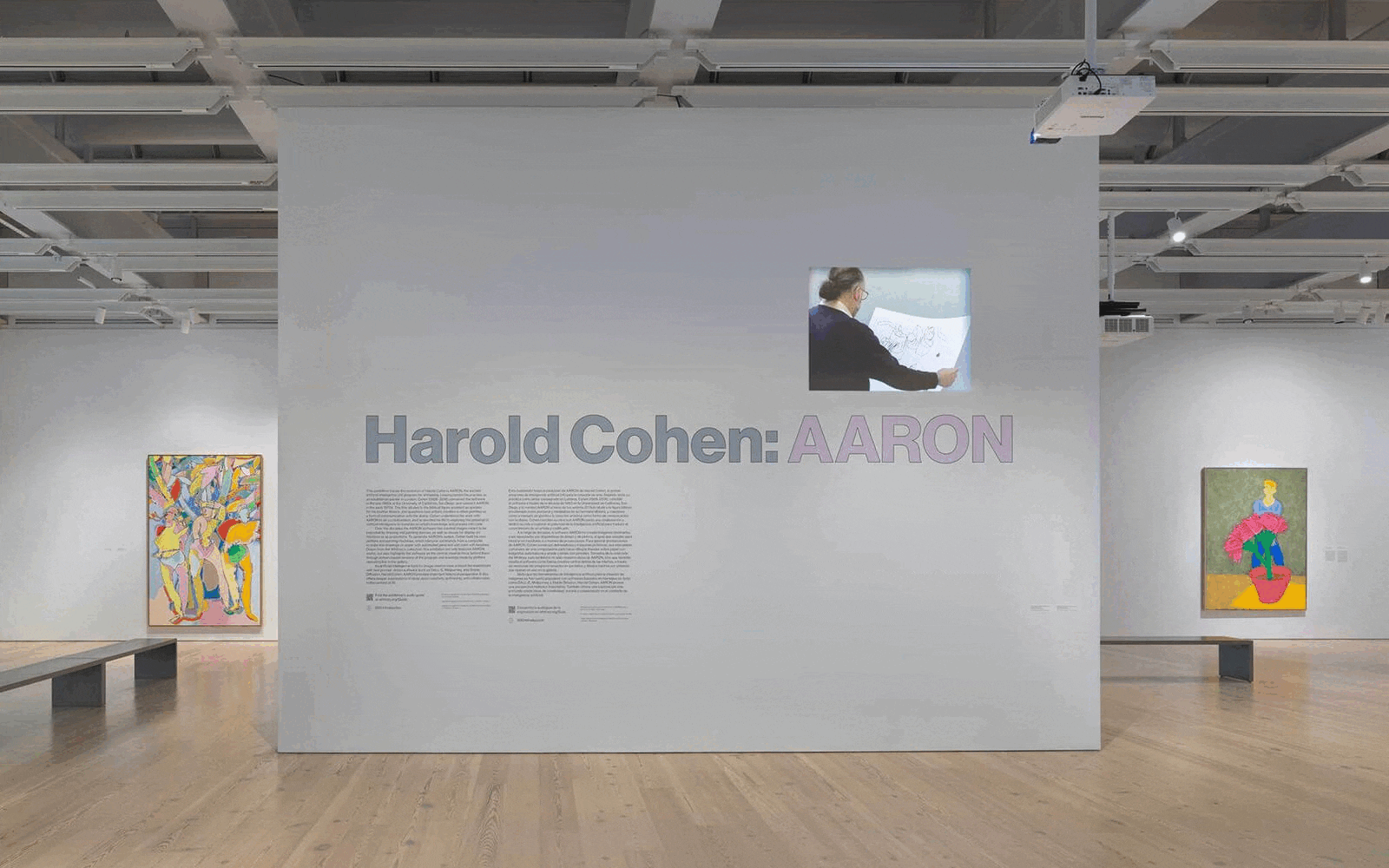
A computer art ‘deep cut,’ the likes of which only DAM Projects could present, Wolfgang Kiwus’ “Out of the Attic” opens in Berlin. Featuring a trove of 1990s stark noise field and monochromatic lattice plots from the musician and writer who took up computer art in 1987, the show honours Kiwus in the aftermath of his 2022 passing. Conceptually rigorous, he experimented with dot matrix printers before adopting plotters, and moved in the same circles as Max Bense, Frieder Nake, and Vera Molnar.
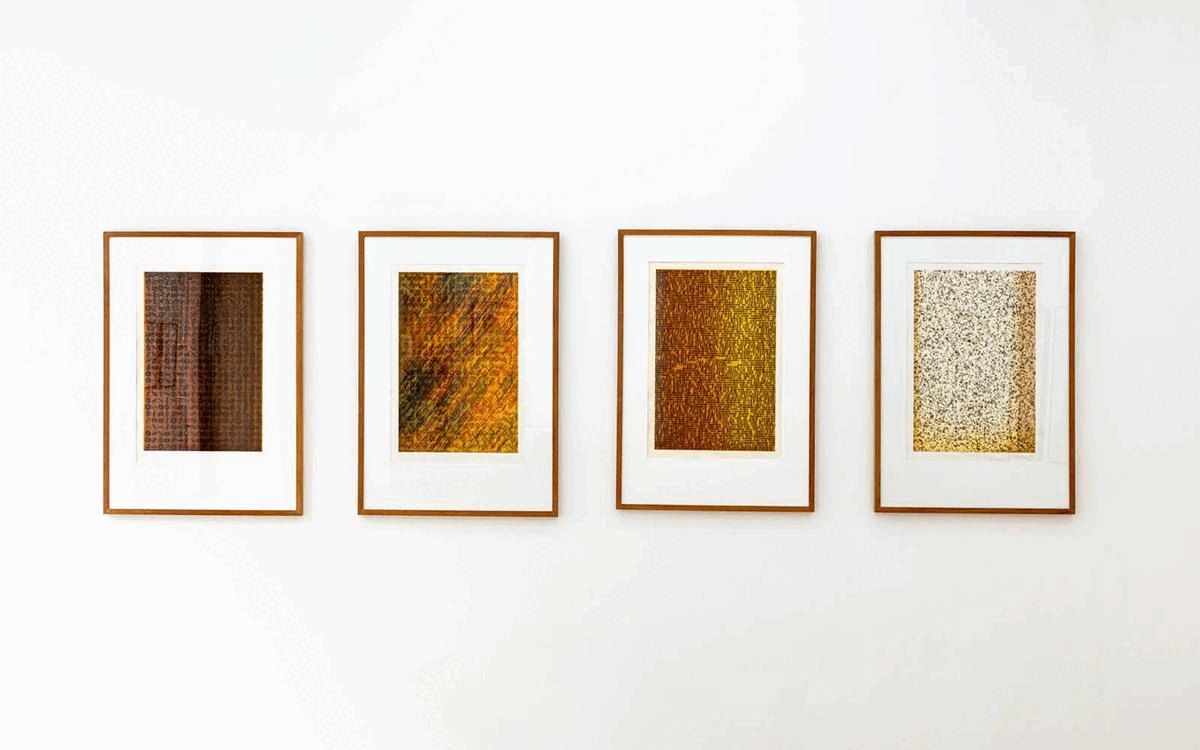
Named after a line of predictive text poetry, Travess Smalley’s solo exhibition “Number colors burn randomly” opens at Foxy Production, New York. Comprising new textile works (literal pixel rugs), plotter drawings, silk screen prints, and videos, the show expands upon the American artist’s use of code and scripts to plant “seeds of chance” for visual production. “It might not be the mark of my hand that is interesting,” notes Smalley, “but the exact inverse, the absence, the ghost, the memory.”
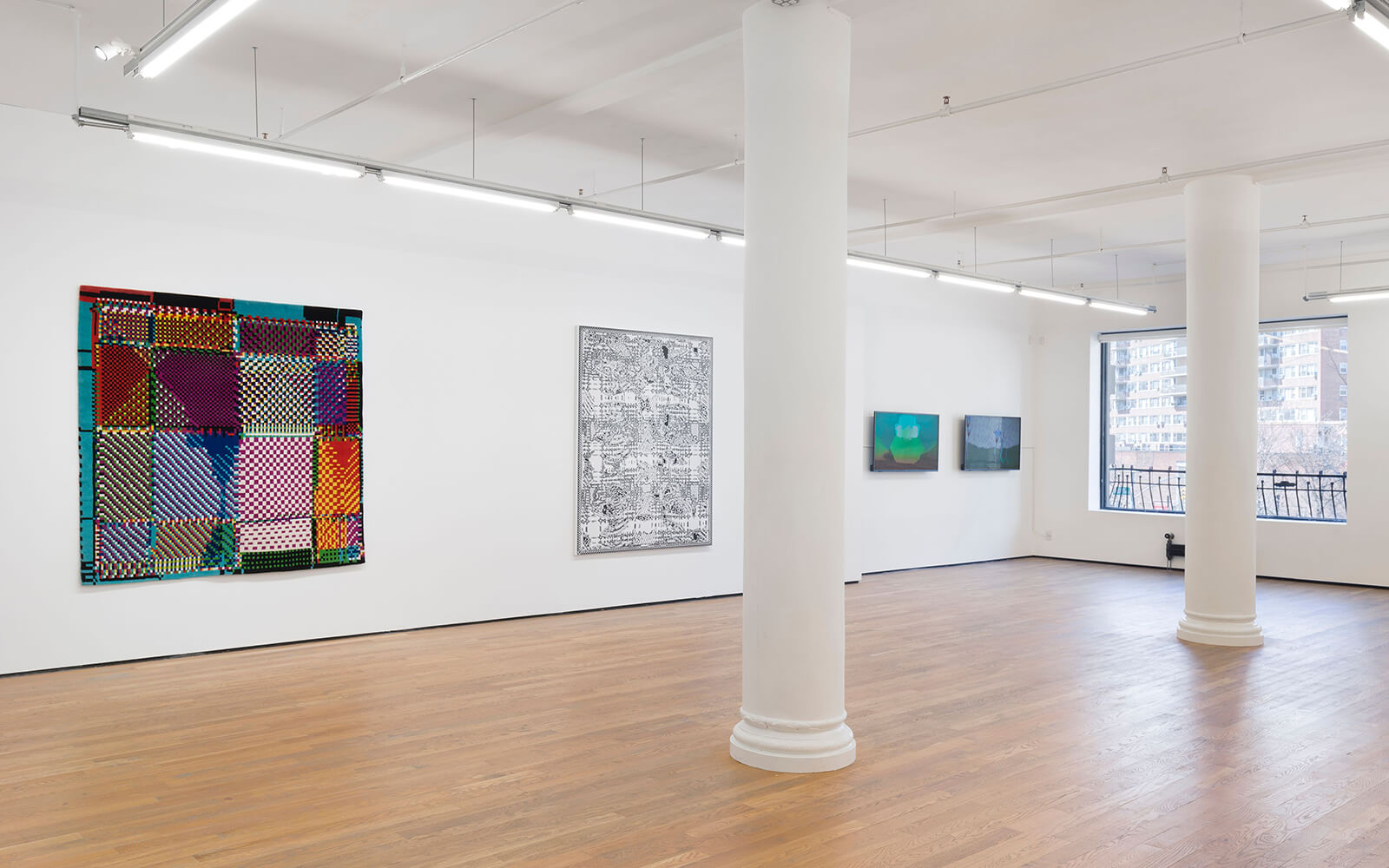
Marcel Schwittlick’s solo exhibition “Composition #84: The Long Run” opens at SP2 gallery, Berlin, juxtapozing three eponymous plotter drawings with videos documenting their creation. The pieces, each measuring 36 x 115 cm and comprising 2.5 million dots plotted over 23 hours, record the emptying of a collection of vintage felt tip pens, marking the “end of an era.” Eight stripes per plot, drawn with pens of the same colour, yield subtle variations that tell the “unique history of each pen,” notes Schwittlick.
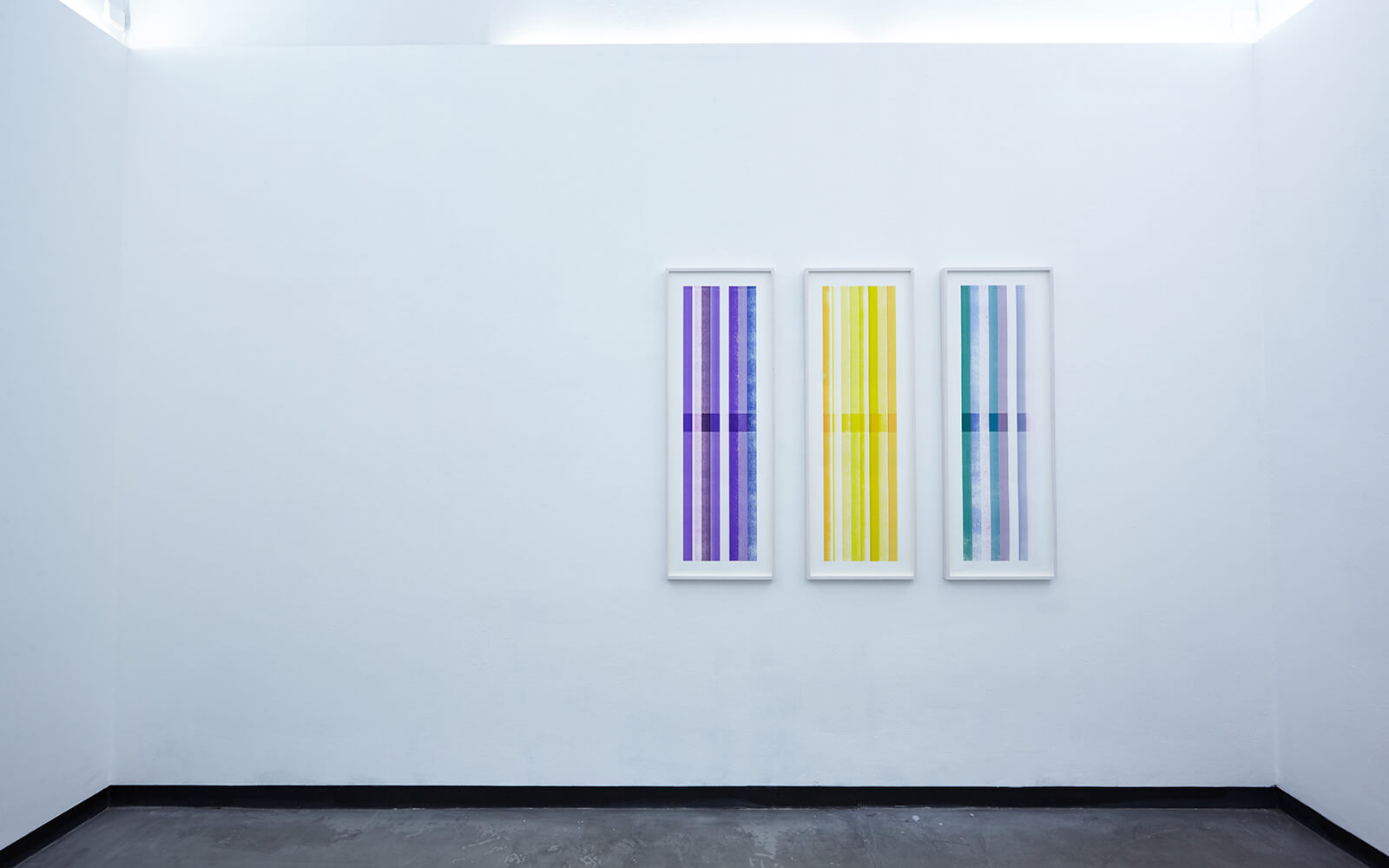
Continuing his mission to call attention to the climate crimes unfolding at the Hambach and Garzweiler mines in North Rhine-Westphalia, Germany, French visual artist and activist Joanie Lemercier unveils Faces of Coal (2023), a series of plotter portraits of those responsible drawn in lignite coal. The first culprit: Markus Krebber, CEO of energy giant RWE, the German multinational operating the mines that, famously, laid waste to an entire region and are now the biggest source of CO2 in all of Europe.
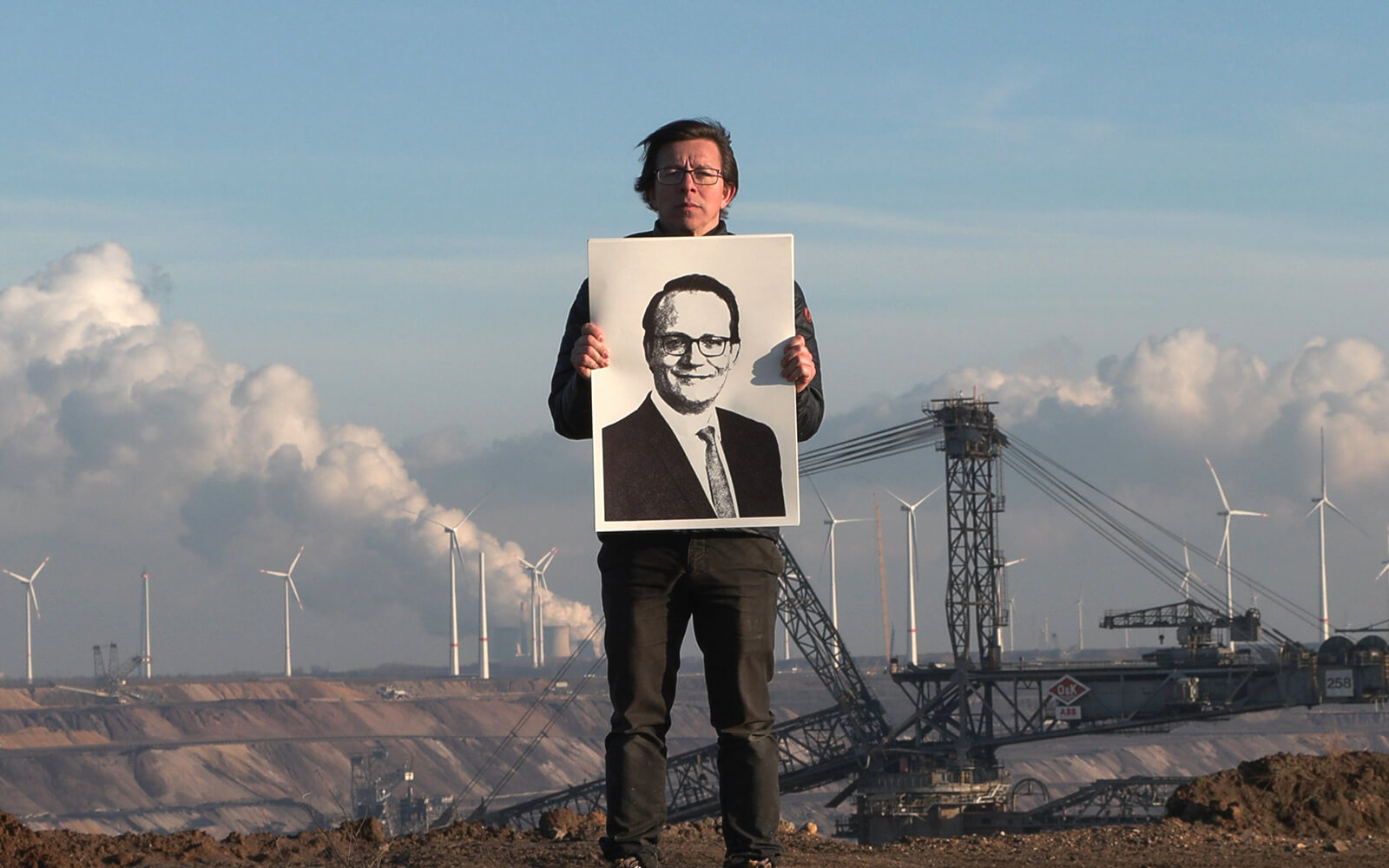
DAM Projects Berlin (formerly DAM Gallery) opens Mark Wilson’s solo exhibition “Moveto Lineto,” surveying essential plotter drawings and canvas prints the American digital art veteran has produced over more than three decades. Wilson, a painter who turned to generative software in the 1980s, is known for his recognisable style of layered, densly-meshed geometries. “Indeed, it is hard to imagine creating these works with any other medium,” says Wilson.
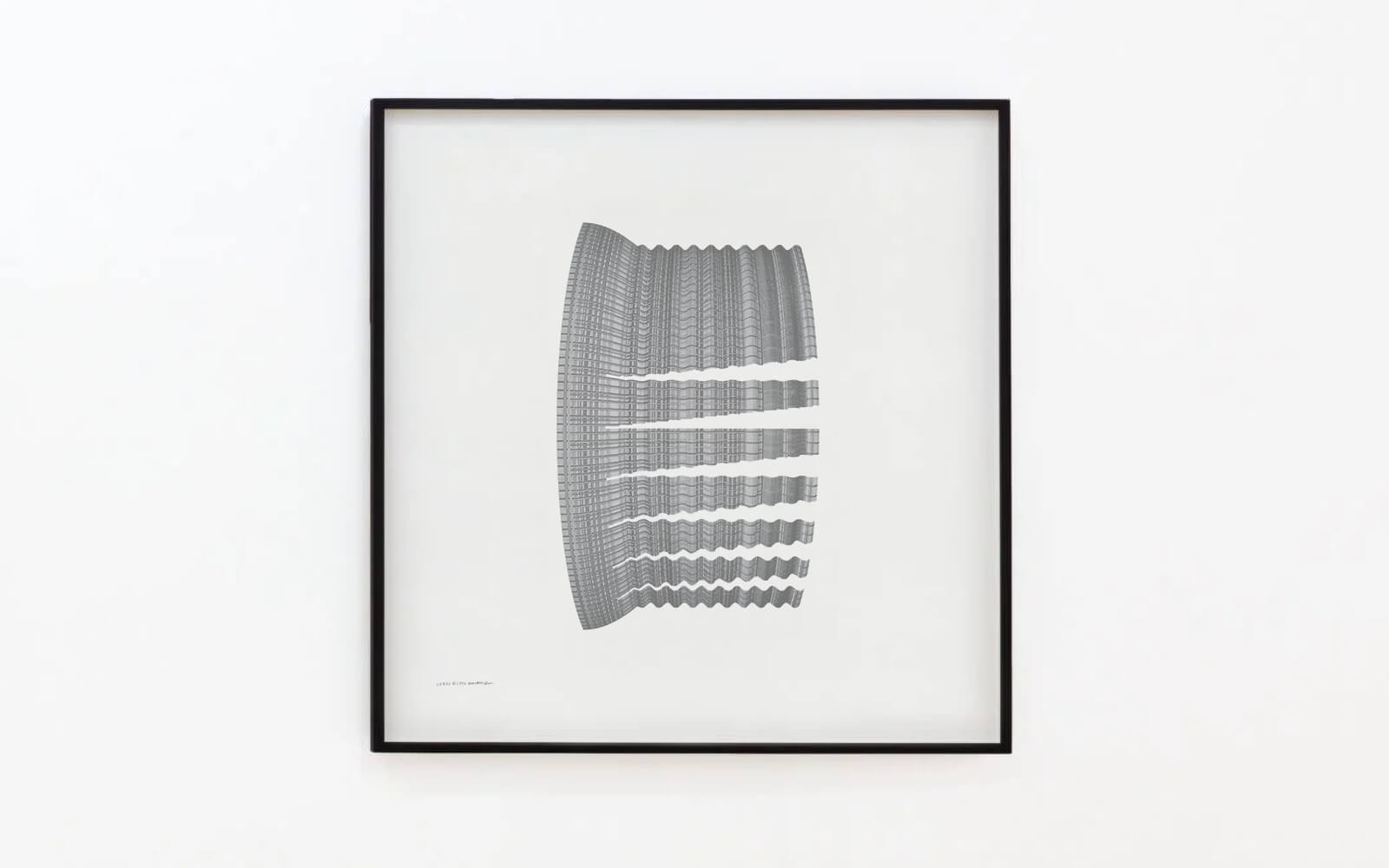
“Nature/Code/Drawing,” an exhibition of plotter drawings by Hiromasa Fukaji and Junichiro Horikawa, opens at CUBE 1,2,3 in Tokyo, showing exceedingly natural, but algorithmically generated forms. In joining forces—Horikawa on programming, Fukaji on plotting—the two designers attempt to express nature’s complexity by simulating the delicate interplay of logic and chaos that governs the world. They reveal process too, drawing new forms during the exhibition.
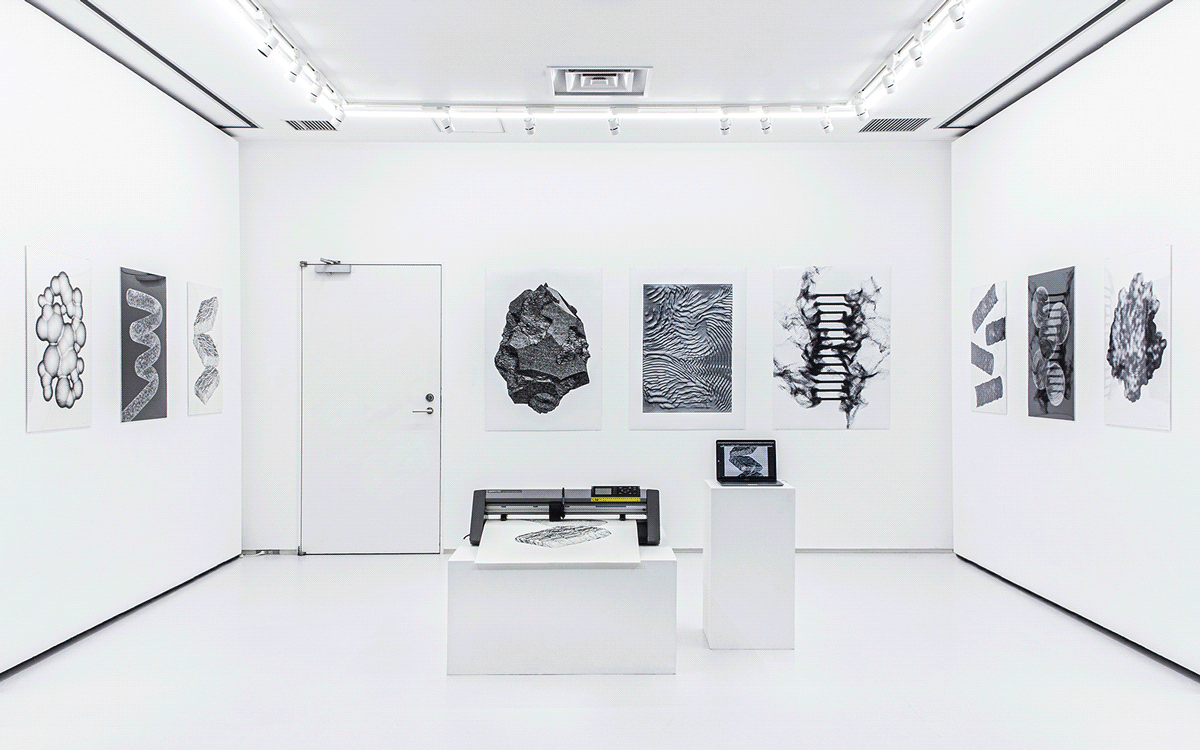
Created between summer 2020 and spring 2022, during COVID isolation, Marcel Schwittlick’s plotter drawing series Upward Spiral concludes with an online archive and a show. The 144 cylinders, each penned by a custom-built drawing machine performing continuous spiral motions, contain all possible colour combinations of the solid-paint marker brand used. Whereas the archive compiles all the Spirals in a neat calendar view, the Berlin Bark LAB exhibition presents a selection of ten.
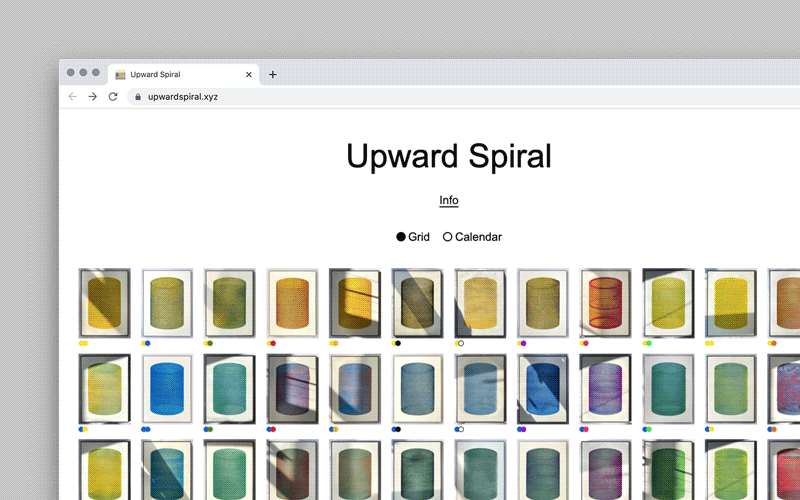
Arno Beck’s not one to let a good pun go to waste: with “Don’t Put All Your Becks In One Basket,” the Bonn-based postdigital artist shows a new series of pen plotter drawings at Schierke Seinecke in Frankfurt, Germany; his third solo show with the gallery. The drawings, colourful bursts of pixels and compression artifacts that reference videogames and image processing software from the 1980s and ’90s, are presented ‘sitting’ in iconified shopping carts Beck drew on the gallery wall—one Beck per basket.
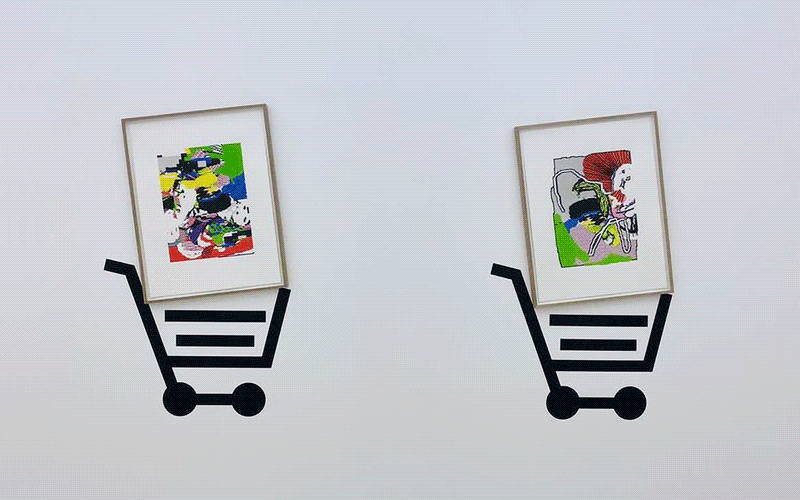
Collecting animations, videos, plotter drawings, digital paintings, and teletype printouts, “Computational Arts in Canada 1967–1974” opens at Western University’s McIntosh Gallery in London, Ontario. Curated by Adam Lauder and Mark Hayward, the show is the first historical survey of Canada’s contributions to early computer art and features drawings by Leslie Mezei and Roger Vilder, and Art Ex Machina, a series of silk-screen prints by international artists including Frieder Nake and Hiroshi Kawano.
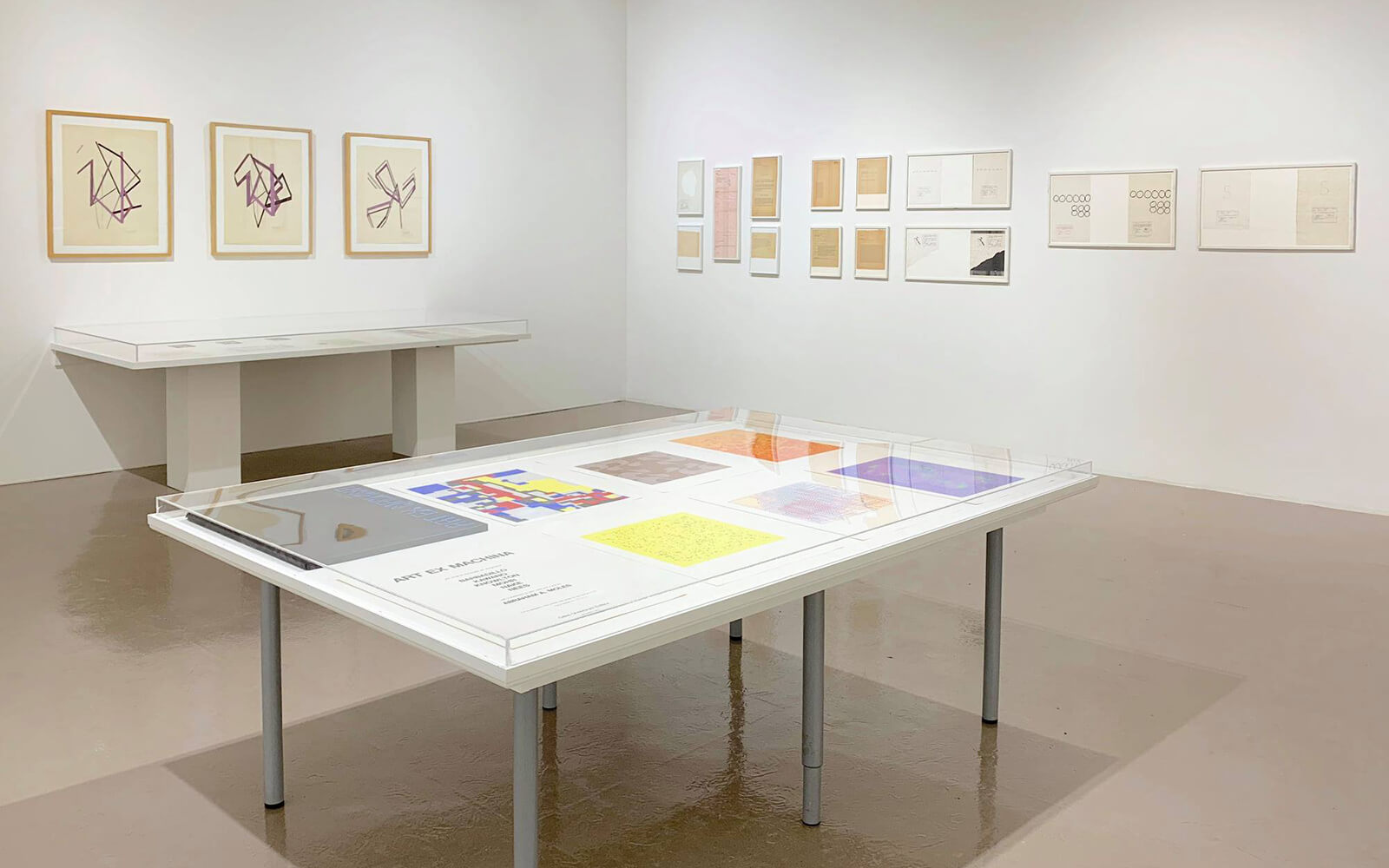
Humbly captioned “some of my favorites out of these new GPT paintings,” artist Sterling Crispin shares a fresh batch of GPT3 and GPT2-XL neural network derived plotter drawings, as part of a thread chronicling his progress on the series.
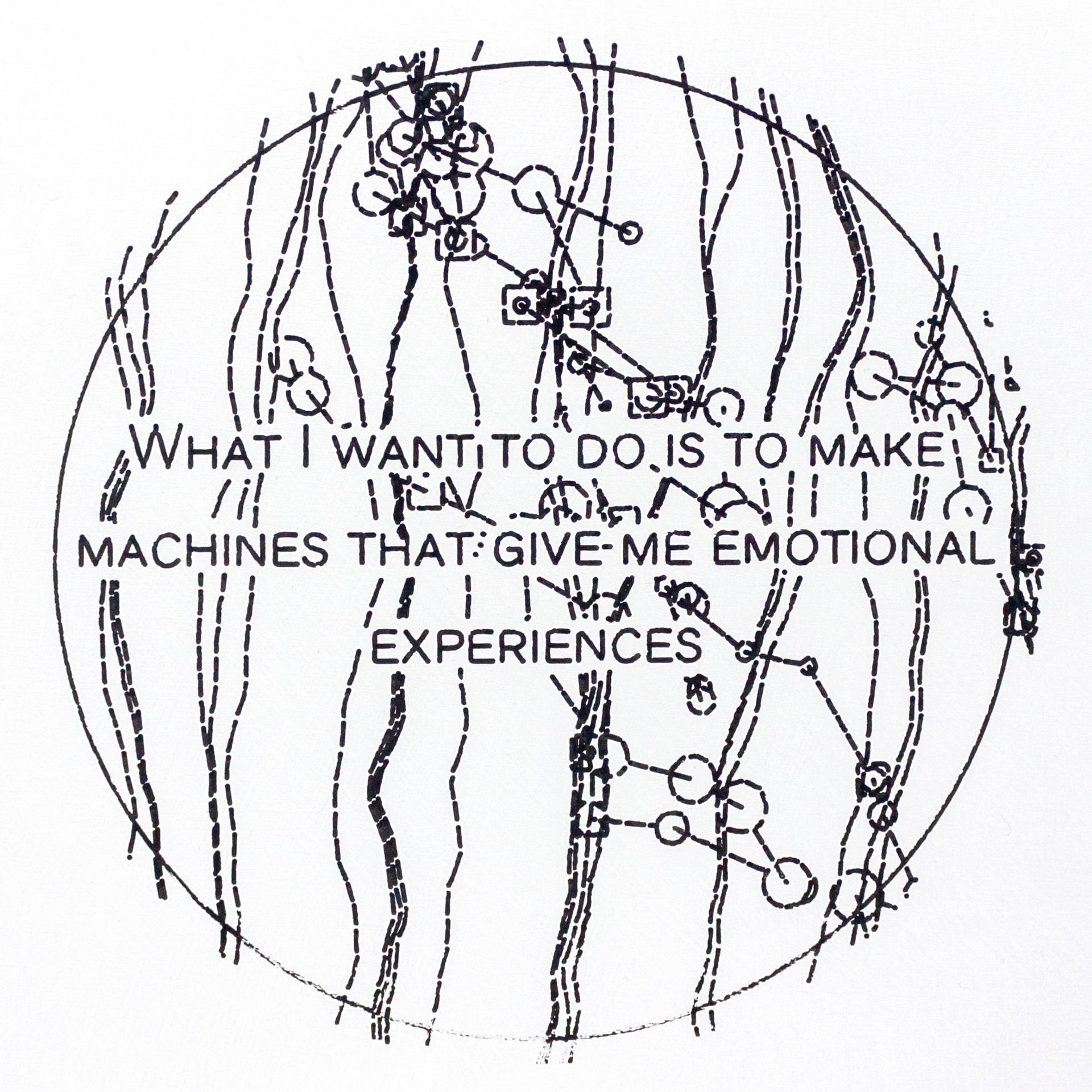
Daily discoveries at the nexus of art, science, technology, and culture: Get full access by becoming a HOLO Reader!
- Perspective: research, long-form analysis, and critical commentary
- Encounters: in-depth artist profiles and studio visits of pioneers and key innovators
- Stream: a timeline and news archive with 1,200+ entries and counting
- Edition: HOLO’s annual collector’s edition that captures the calendar year in print
